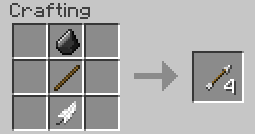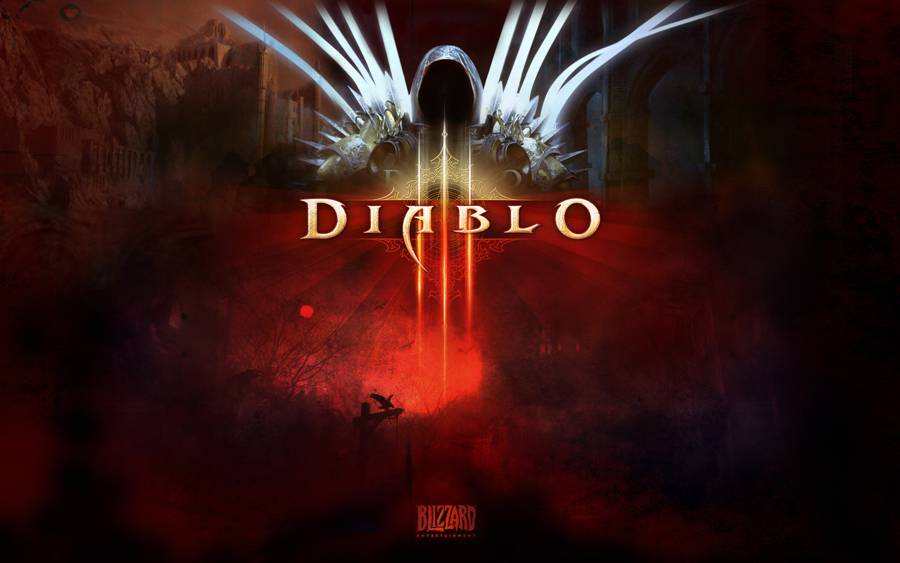

World of Warcraft was released in 2004, and it is an immense and incredibly complex massive multiplayer online role playing game (MMORPG). During the course of the game, players go on various quests, both trivial and epic in scope. Players also complete various tasks, go on adventures, craft armor, weapons and items, and interact with one another. The game is persistent – it never ends and is accessible 24 hours a day. Word of Warcraft currently has over 11 million subscribers.
The interface within the game was created to allow for players to develop custom add-ons – from simple visual interface tweaks to complex reworking of the entire heads-up display (HUD). Players create these add-ons using the Lua coding language. These add-ons can streamline the game experience by making tasks less repetitive or more intuitive. An entire add-on community has developed and has become an independent and colorful section of the greater World of Warcraft community. Some of the most popular add-ons are to the following categories: action bars, the auction house, bags and inventory, buffing and debuffing, casting bars, character advancement tracking, the chat window, combat text, custom graphics, maps, mail, mini-games within the game that you can play while you are on a long flight path or waiting for a battleground or instance queue, player vs. player combat, trade skill (crafting) tracking, and tool tip modifications.
For example, one combat World of Warcraft add-on allows players to visually see the “threat” that they're generating with their dps (damage per second) when fighting a monster. If the threat gets too high, the monster will switch targets and attack the player with the highest threat level pulling the monster off the tank. If the threat is too low, the player is not generating enough, either because they're not causing enough damage, or they're not healing players that are being damaged, (and thus not being efficient). The add-on that allows players to see their threat level allows players to slow down, or speed up, their attacks or other activities that are generating threat and allows them to operate at optimal efficiency.
Throughout the history of World of Warcraft, the ability to create these complex add-ons has been modified by Blizzard – the creators of the game. There has been some controversy regarding add-ons; some players have vocalized opinions that add-ons have become mandatory, and that players who choose not to use them are at a disadvantage compared to players who do use them.
World of Warcraft auction house add-ons are particularly controversial; they significantly increase the efficiency for players when selling things within the game and leave players without add-ons in the dust. Also particularly controversial are the player vs. player modifications. A player with add-ons may have a notably easier time determining what spells his opponents are casting, the health of his opponents, or timing his own skills and spells to be more powerful and devastating to opponents.
Currently, you can even get what is called a control panel for add-ons that keep all your add-ons automatically up to date, and at your fingertips for any tweaking you might need to do for a particular add-on. Popular control panel sites are Curse and WoWmatrix. Another add-on that is actually a control panel is called ACP or Add-on Control Panel which allows you to turn add-ons off and on even while in game. All other users must log off and back on again to use other add-ons,
Add-ons are here to stay in World of Warcraft, and whether you use them or not it’s a personal preference, but most find that add-ons only enhance their game. There is another popular MMORPG that was released called Rift, and that game will not allow add-ons. It took the most popular add-ons for such games as World of Warcraft and built them into the game, therefore Rift didn’t need add-ons. They did very well, but if you ask me, they missed a few.




 Once The Rockets Are Up, Who Cares Where They Come Down? - A Kerbal Space Program Review
Once The Rockets Are Up, Who Cares Where They Come Down? - A Kerbal Space Program Review How to make arrows in Minecraft
How to make arrows in Minecraft DOTA Hero Tips: Slayer
DOTA Hero Tips: Slayer Gaijin on American tanks and the future of War Thunder
Gaijin on American tanks and the future of War Thunder Diablo 3 Beating Diablo
Diablo 3 Beating Diablo